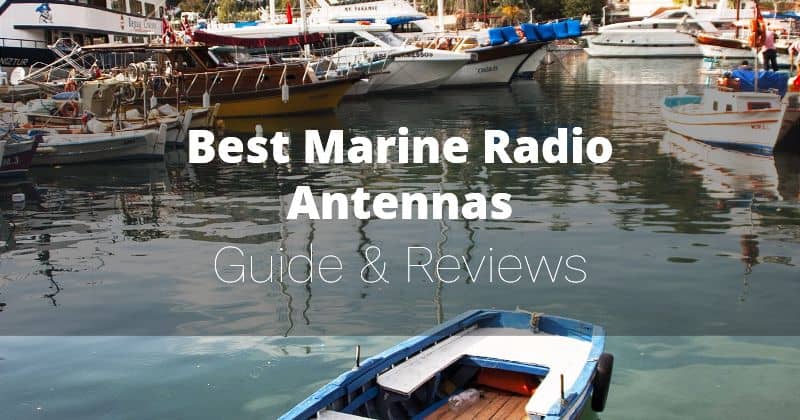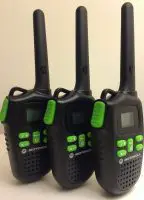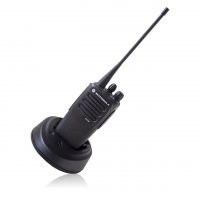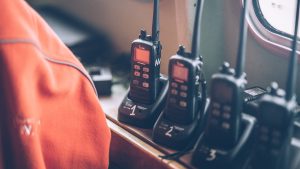VHF Marine Radio Antenna
Marine radios are used by boaters to communicate with others on the water. They also provide a convenient method of communication between boats and shore stations. VHF marine radios operate on frequencies ranging from 144 MHz to 1 GHz.
In order to receive signals from these frequencies, you’ll need a high quality antenna. Here are some tips for choosing the right antenna for your boat:
- Choose an Antenna With Good Coverage
An effective marine radio antenna must cover a wide area around your boat. For best results, choose an antenna that covers a radius of 100 feet. - Consider Wind Direction When Choosing an Antenna Location
Wind direction plays a big part in determining the effectiveness of your antenna. To maximize reception, place your antenna so that its beam faces directly into the wind. - Avoid Direct Sunlight
Direct sunlight reduces the range of your antenna. If possible, position your antenna away from direct sun exposure. - Look for an Antenna Made of Aluminum
Aluminum antennas tend to be lighter and stronger than steel antennas. They’re also easier to install and maintain. - Check the Manufacturer’s Specifications
Manufacturers typically specify the maximum height above ground level that their antennas can reach. Be sure to follow manufacturer specifications when installing your antenna. - Use a Grounding Rod
Grounding rods prevent electrical interference caused by nearby metal objects. They also protect your antenna from damage due to lightning strikes. - Install Your Antenna Correctly





